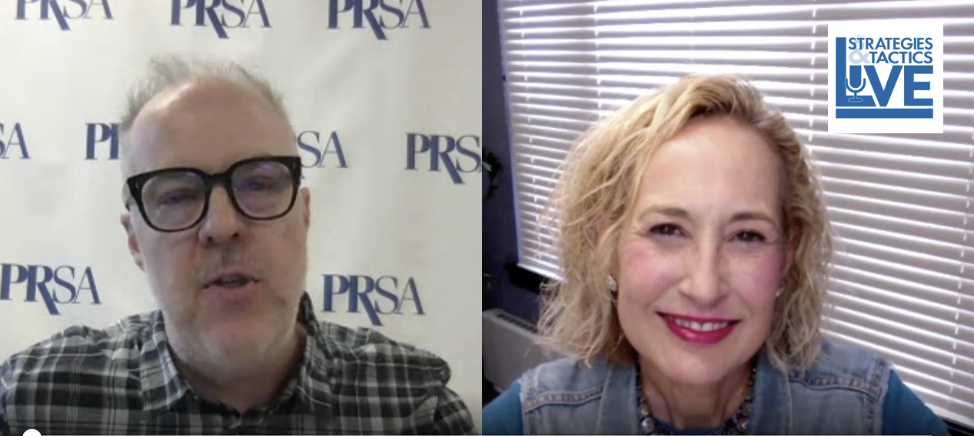A Continued Focus on Health and Wellness
By John Elsasser
June-July 2022
I’m proud to present our third-annual edition devoted to articles on mental health, work-life balance and time management.
While planning our editorial calendar in the fall of 2019, we decided to focus a double summer issue on health and wellness, the first time we devoted our feature well to the topic. Little did we know, in the months ahead, how quickly the lines would blur between our work and home lives, leading to longer hours and difficulties establishing boundaries while trying to compartmentalize stress.
Today, workers’ mental health remains a top-of-mind subject in corporate America. As a survey by the Conference Board found in May, the availability of organizational programs to support employee well-being increased 22 percent in the past year.
However, as the results show, is this enough of an effort? Half of the workers polled still report that their mental health has deteriorated since the start of the pandemic, with 58 percent citing increased hours or workload as taking the most significant toll. In addition, 84 percent of employees report they can’t stop thinking about their jobs.
“The increased focus on mental health and well-being in the workplace may be one of the pandemic’s lasting legacies,” said Rebecca Ray, Ph.D., executive vice president, human capital, the Conference Board. “This survey reveals that more can, and should, be done to address mental health. That starts by addressing the disconnect between the support organizations offer and what workers find helpful.”
What might improve this? In the survey, 76 percent of respondents said the flexibility to work during peak-productivity hours helped them maintain work-life boundaries, while 58 percent said training managers to promote a healthy balance was effective.
Student aid
And it’s not just workers in corporate America feeling the strain of daily life.
A Gallup survey this spring found that 32% of currently enrolled students pursuing a bachelor’s degree report they have considered withdrawing from college in the past six months. Among those who considered stopping their coursework, the most common reason (76%) was emotional stress.
Marie Hardin, dean of the Donald P. Bellisario College of Communications at Penn State University, was my guest during the May edition of Strategies & Tactics Live on LinkedIn. I asked her what educators could do to help.
“The onus is on us to understand the learner holistically in a way that we haven’t been forced to in the past. We put way too much pressure on students when they come to college. The first question we ask them: What is your career goal? They’re still trying to figure out who they are. Let’s help them on that journey,” she said. “A few students come in and know what they want to do, but many of them don’t. They need the space to grow. We all understand, as we mature, the value of failure. We also need to help our students understand the value and lessons of failure.”
You can watch a replay of this episode on the PRSA LinkedIn page.
Meanwhile, we’ll continue the series on June 23 at 1 p.m. during the next Strategies & Tactics Live when our Workplace Wellness columnist, Mark Mohammadpour, APR, joins me for another timely conversation.
My best to you for a healthy and happy summer.



